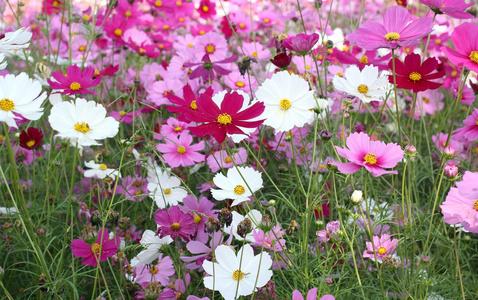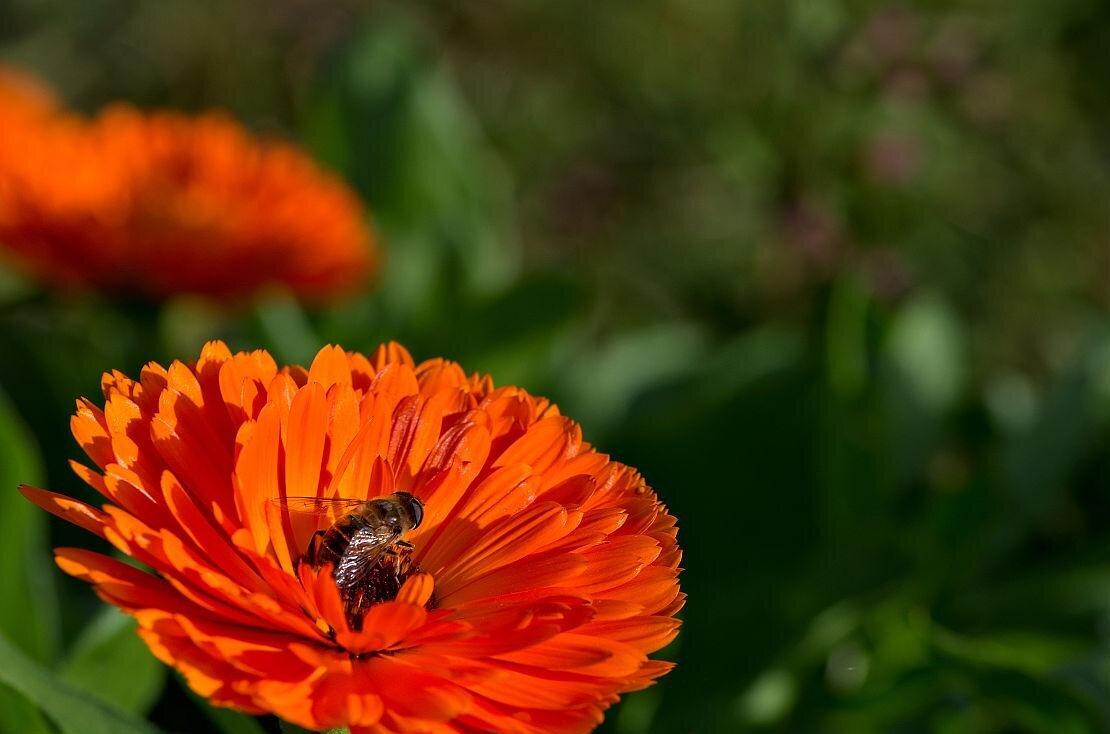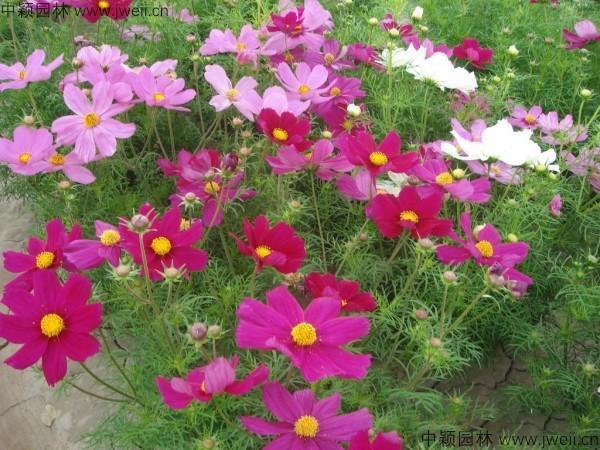Frankeniaceae is a fascinating plant family with an interesting story. It traces its roots back to the ancient times when it dominated the Eurasian steppes. Surviving in harsh and unforgiving environments, these plants developed unique adaptations that helped them thrive.
One particularly intriguing aspect of Frankeniaceae is its ability to tolerate high levels of salinity in the soil. This adaptation allows them to grow in salt marshes and coastal areas where most other plants struggle to survive. It is believed that this remarkable ability evolved over millions of years, making Frankeniaceae a survivor in some of the harshest environments on Earth.
Another captivating aspect of this plant family is its medicinal properties. Frankeniaceae has been used traditionally in various cultures as herbal remedies for a range of ailments. These plants contain compounds that have shown potential in treating conditions like inflammation and gastrointestinal disorders.
From its resilience in extreme environments to its medicinal value, Frankeniaceae continues to amaze scientists and capture the interest of nature enthusiasts worldwide.
Picture
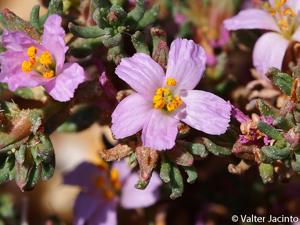
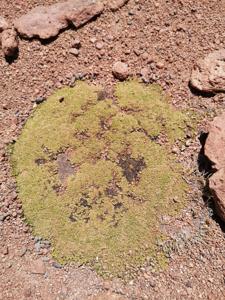
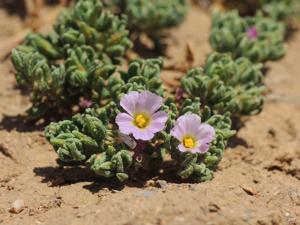
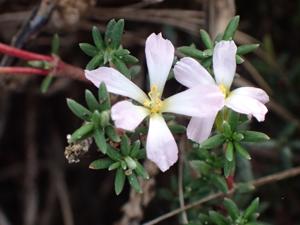
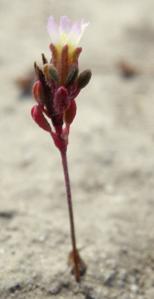
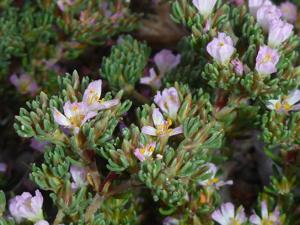
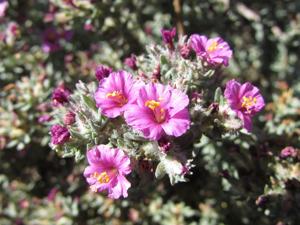
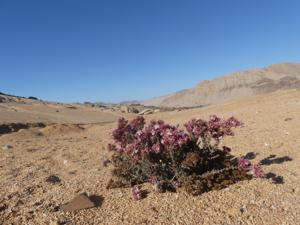

Plant some seeds now!
Short Description
Frankenia (sea heath) is the only genus in the Frankeniaceae family of flowering plants. Other genera have been recognized within the family, such as Anthobryum, Hypericopsis and Niederleinia, but molecular phylogenetic studies have consistently shown that they all belong inside Frankenia. Frankenia comprises about 70–80 species of shrubs, subshrubs and herbaceous plants, adapted to saline and dry environments throughout temperate and subtropical regions. A few species are in cultivation as ornamental plants.
Description
Frankenia species are salt tolerant (halophytic) or drought tolerant (xerophytic) shrubs, subshrubs or herbaceous plants. They have opposite, simple leaves, generally small and somewhat heather-like, and often with salt-excreting glands in sunken pits. Their flowers are small, either solitary or borne in various kinds of cyme. Each flower has four to seven sepals, joined at the base into a tube, and four to seven overlapping petals, narrowed at the base. The stamens are often arranged in two whorls of three each. The ovary is made up of one to four carpels (usually three). The fruit is a capsule, enclosed in the persistent sepals. The seeds have a central embryo with considerable starchy endosperm on each side.
Cultivation
A few species of Frankenia are grown as ornamental plants, particularly in rock gardens and similar situations, where they can form spreading mats. Recommended species in the United Kingdom include F. hirsuta, F. laevis and F. thymifolia, all with white to rose purple flowers.

